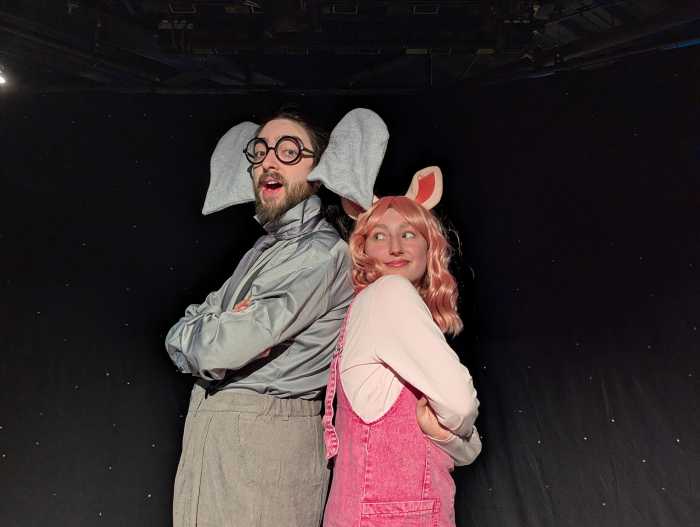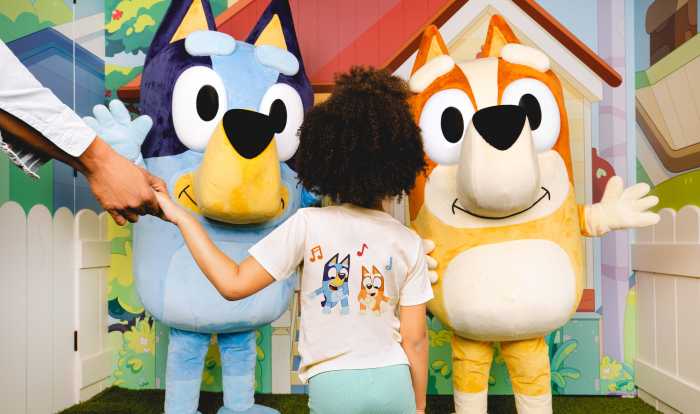I started writing “The School for Good and Evil” about six months before the fairy tale craze started happening in Hollywood and in publishing – and I remember asking myself the same questions everyone is asking now. Why do fairy tales matter so much? Why do we respond so deeply to them in every age?
 Perhaps the answer is that collected together, they feel like a Survival Guide to Life, no matter what age you are. They present such a clear-eyed view of the world, without Disney-fied happy endings or even the expectation of happy endings. You could very well end up with wedding bells and an “Ever After” – or you could lose your tongue or be baked into a pie. There was no ‘warmth’ built into the narrator, no expectations of a happy ending. The thrill came from vicariously trying to survive the gingerbread house, the hook-handed captain, or the apple-carrying crone at the door – and relief upon survival.
Perhaps the answer is that collected together, they feel like a Survival Guide to Life, no matter what age you are. They present such a clear-eyed view of the world, without Disney-fied happy endings or even the expectation of happy endings. You could very well end up with wedding bells and an “Ever After” – or you could lose your tongue or be baked into a pie. There was no ‘warmth’ built into the narrator, no expectations of a happy ending. The thrill came from vicariously trying to survive the gingerbread house, the hook-handed captain, or the apple-carrying crone at the door – and relief upon survival.
In recent years, fairy tale mash-ups, retellings, and revisions have become popular – and for good reason, given how enduring and inspiring the source material is. But I think part of that is a reaction against Disney, which tends to scrub clean the endings of the original fairy tales and suggest that everything turns out happily, provided you are attractive, winsome, and most of all lucky.
In the original fairy tales, it’s not luck that’s rewarded – or looks in the slightest – but cleverness. In Disney’s “The Little Mermaid,” Ariel continually disobeys everyone who seems to know better than her and still ends up with her prince, as a result of fortunate rescues and timely interventions. In the original story by Hans Christian Andersen, she must deal with the rather gruesome consequences of her poor decisions.
Though I’m not naturally inclined toward children confronting the grotesque, one must ask the question of why the original fairy tales were suitable for children 200 years ago – and why we serve them the warmed-over, sanitized versions now.
With “The School for Good and Evil,” then, I wanted to start in that kind of world with true consequences – and where there is balance between Good or Evil (which is in fact the reality of our world today. Balance might even be called optimistic.) And I wanted to deal with the notion that Good has been winning everything… and what did that mean? Why does Good always win these days in stories? And is that what children really need to learn?
Perhaps by asking these questions, we can start to write our own modern day fairy tales, that find the anxieties of today’s children – and offer them a survival guide that will stay relevant long into their adulthood.




















